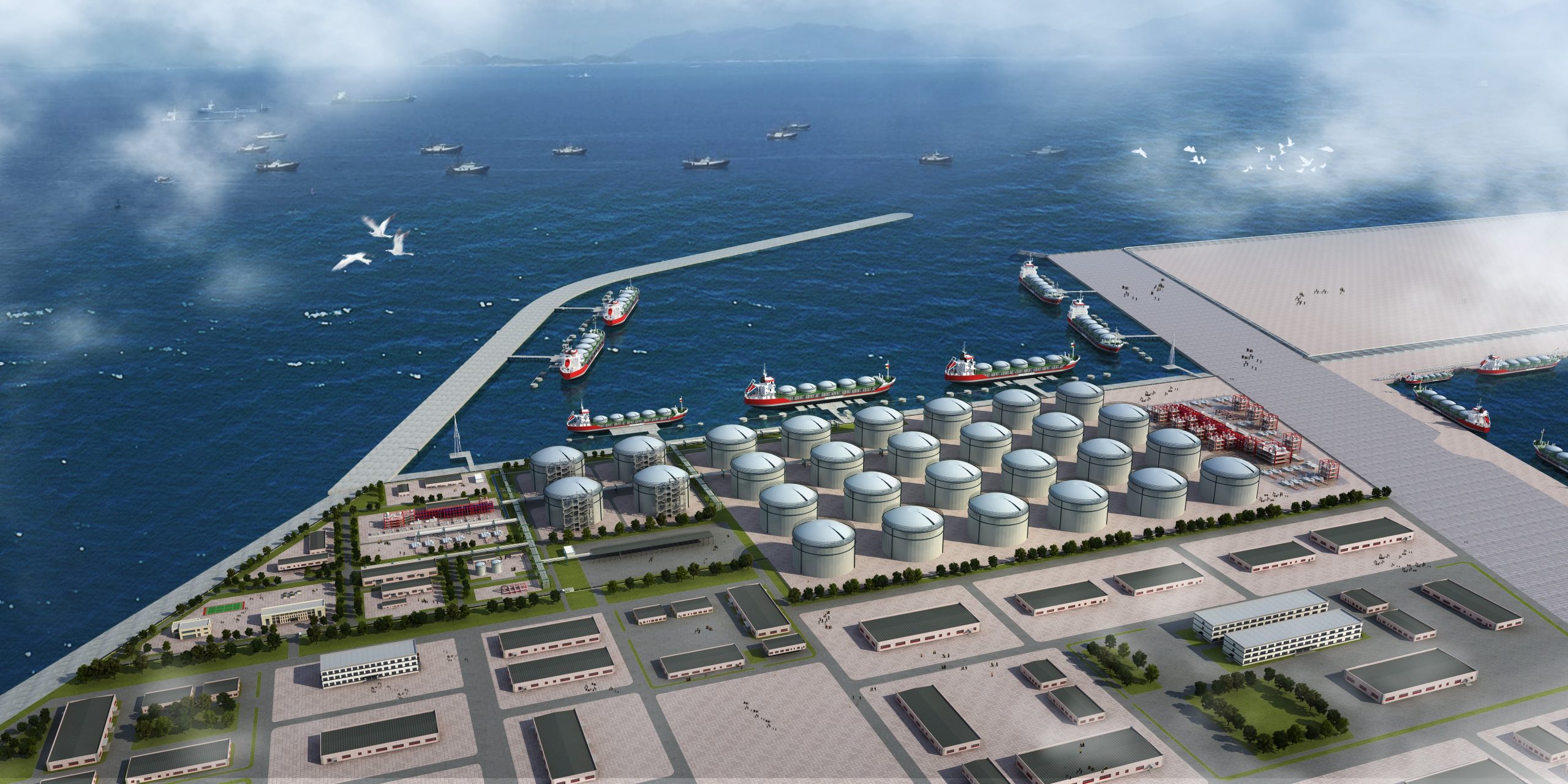Project Overview
POLY-GCL Petroleum Group Holdings Limited (“POLY-GCL”), a subsidiary of the GCL Group, is an integrated oil and gas company specializing in exploration and development, storage and transportation, trade and sales, and terminal utilization. The company’s principal business “Ethiopia-Djibouti Oil and Gas” project is the largest energy project along the “Belt and Road” in Africa. It has huge resource potential, and the reserve and capacity for first-phase implementation is proven. The project has been advancing rapidly, and is a major “One Belt and One Road” project which strives to implement China-Africa capacity cooperation. Both Ethiopia and Djibouti have established our project as their No. 1 national construction project.
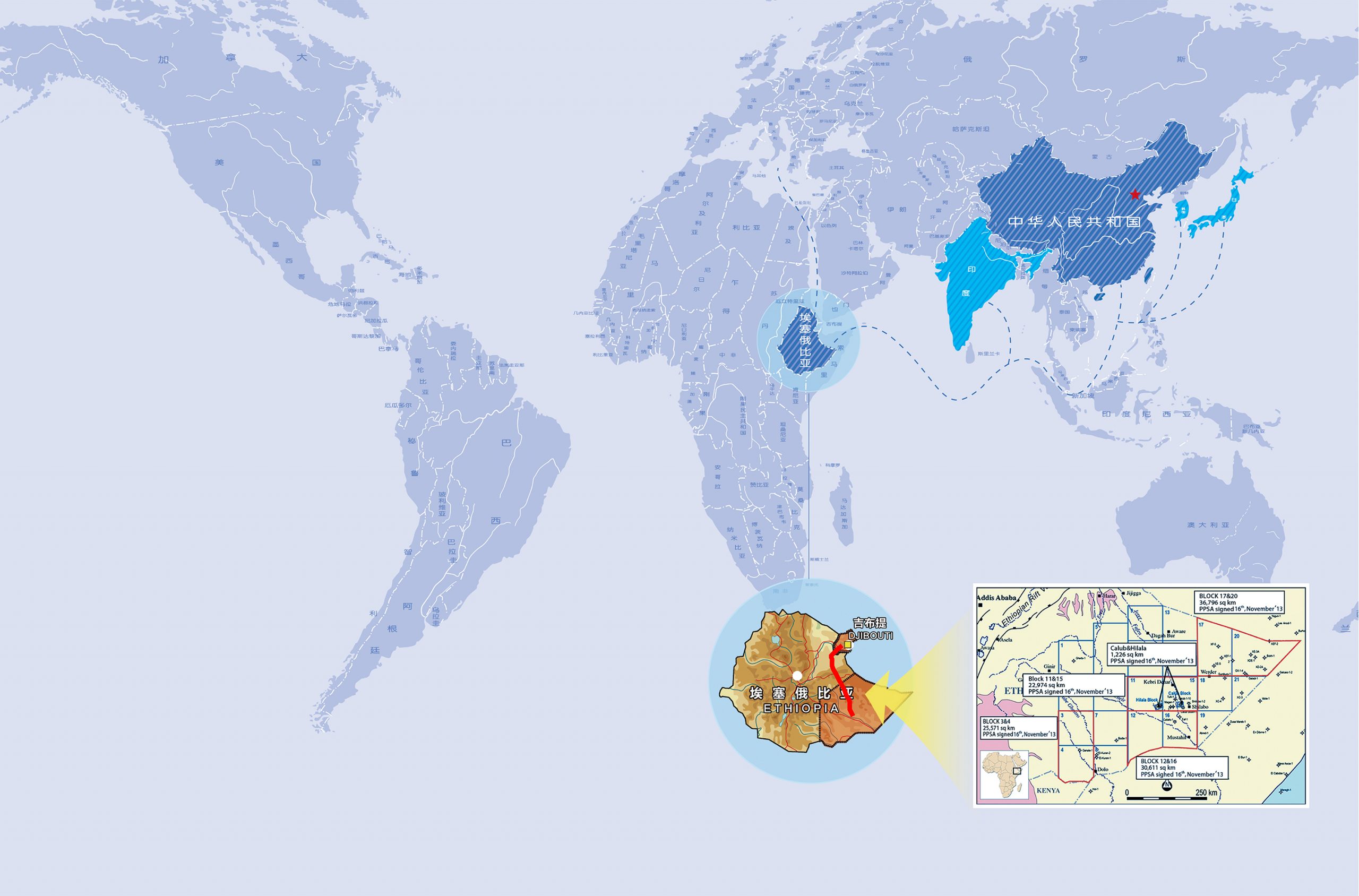
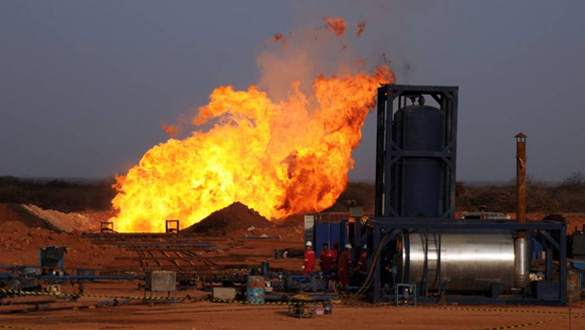
Oil & Gas Development
The geological conditions of Ogaden basin in Ethiopia are favorable for hydrocarbon accumulation, and the potential for oil and gas exploration and development is great. At present, the natural gas recoverable reserves has been proved to be over 120 billion cubic meters in the two development blocks Calub and Hilala. In 2017, the discovery of Dohar gas field added more high quality natural gas resources. The natural gas resources of these three gas fields are sufficient to support the steady production of first phase 3 million tonne of LNG project for 20 years. It is estimated that in 2020, the Calub, Dohar and Hilala gas fields will be put into production successively to achieve the first phase production capacity target. With the continuous exploration discoveries, we strive to establish an annual LNG production scale of 10 million tonne within 5-10 years. Meanwhile, industrial crude oil is discovered during well test in Hilala block, with oil in place reserve of about 46 million tonne. In June 2018, the first barrel of crude oil was produced. The daily output of qualified crude oil is 90 tonne and the crude oil is of excellent quality.
Pipeline Transportation
The Ethiopia-Djibouti gas pipeline starts from the first station at the Calub gas field in the Ogaden Basin in Ethiopia and ends at the end station in Djibouti. Total length of the pipeline is 749.4 km, including 663.26 km in Ethiopia and 86.14 km in Djibouti. The designed transportation capacity is 16.51 billion cubic meters per year. The preliminary design of the pipeline has been completed, and the EPC tendering is
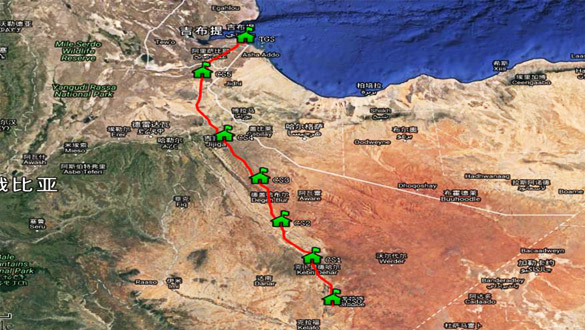
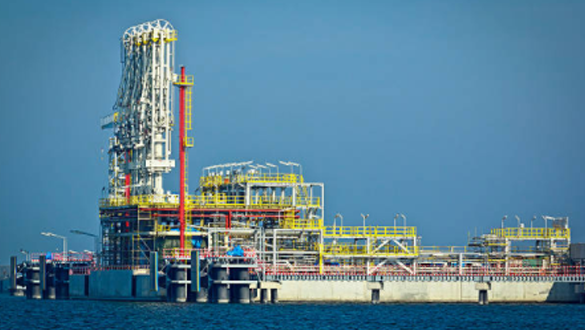
Near-shore LNG Liquefaction
The LNG liquefaction plant in Djibouti is based on the near and long-term planning, and matches the scale of upstream gas field development. The project covers an area of 1.6 million square meters. First phase adopts the combination of onshore and offshore design. The liquefaction plant is planned to be built with an LNG output capacity of 3 million tonne by the end of 2021. By-product LPG is estimated to be 200,000 tonne per year and oil condensate 50,000 tonne per year. We have coordinated and reserved land and interfaces for the second and third phase production lines, and we aim to finally reach a production capacity of 10 million tonne per year.
Yantai LNG Receiving Terminal
In September 2017,POLY-GCL, Shandong Huanya International Energy Distribution Center Co., Ltd. and Yantai Port Group Co., Ltd., jointly established Shandong POLY-GCL Huanya International Energy Co., Ltd. to invest in the construction and operation of LNG project in West Port area in Yantai Port.
The project will build a public service platform for natural gas storage and transportation in northern China. It will become an important part of the national natural gas pipeline network to provide gas storage and peak-regulation service for Shandong and its neighboring provinces in accordance with the national LNG layout and market demand of each region. The project will have a master plan and be implemented by stages. In the near future, the West Yantai Port District will be built into an important national natural gas storage base and a natural gas storage and transportation center in northern China.
The first phase designed scale of the project is 3 million tonne per year LNG processing capacity, with long-term planned capacity increased to 40 million tonne per year.production lines, and we aim to finally reach a production capacity of 10 million tonne per year.
